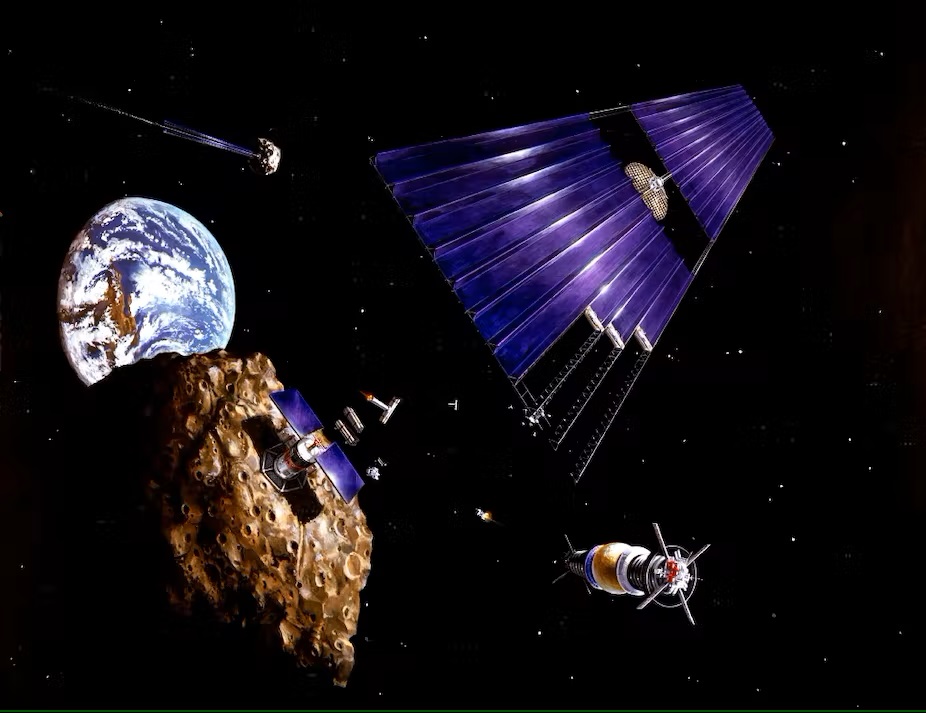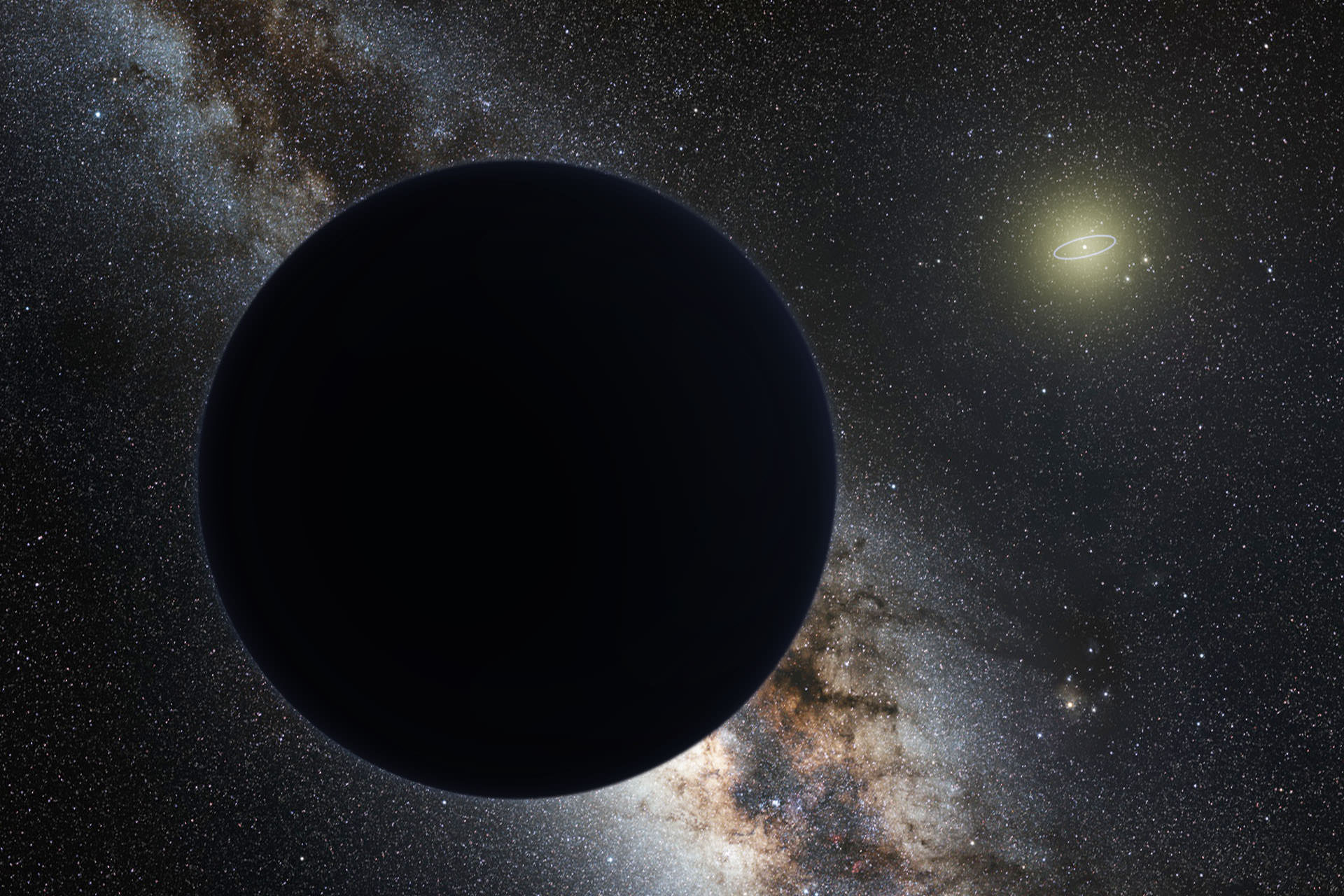On October 19th, 2017, the Panoramic Survey Telescope and Rapid Response System-1 (Pan-STARRS-1) in Hawaii announced the first-ever detection of an interstellar object, named 1I/2017 U1 ‘Oumuamua (the Hawaiin word for “scout”). This object created no shortage of confusion since it appeared as an asteroid but behaved like a comet (based on the way it accelerated out of the Solar System). Since then, scientists have noticed a lot of other objects that behave the same way, known as “dark comets.”
These objects are defined as “small bodies with no detected coma that have significant nongravitational accelerations explainable by outgassing of volatiles,” much like ‘Oumuamua. In a recent NASA-supported study, a team of researchers identified seven more of these objects in the Solar System, doubling the number of known dark comets. Even more important, the researchers were able to discern two distinct populations. They consist of larger objects that reside in the outer Solar System and smaller ones in the inner Solar System.
Continue reading “NASA Scientists Discover “Dark Comets” Come in Two Populations.”









